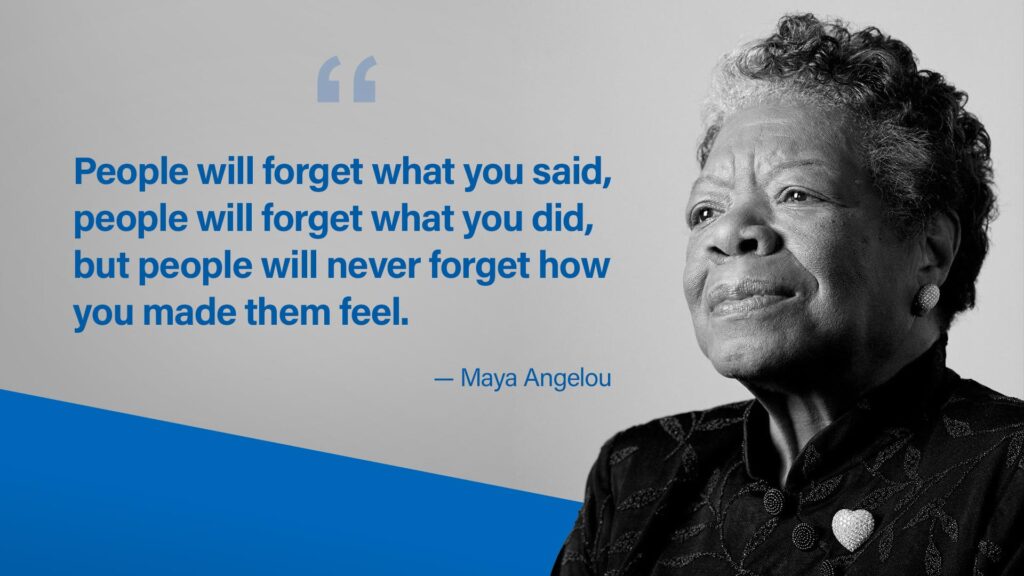When it comes to health care, how to measure a patient’s experience is tricky. It isn’t as simple as measuring the experience someone has when shopping. And oftentimes, when we are dealing with our health, we bring an elevated emotional state into the experience. Health can be scary. And health care can be frustrating.
Patient’s Experience Vs. Patient Satisfaction
Patient Experience:
The patient experience is the sum of all interactions a person has with your brand throughout their lifetime.
Patient Satisfaction:
Patient satisfaction is a measure that determines how satisfied someone is with the experience they received.
Tools to Measure Patient’s Experience
There are numerous ways to evaluate the patient experience, but one of the most widely used is the CAHPS Survey. CAHPS is the Consumer Assessment of Healthcare Providers and Systems. It has been in place since 1995, and it is tied to compensation and ratings in many health care delivery settings.
There are different CAHPS surveys for different types of experiences – inpatient, outpatient, home health care, and surgical care to name a few.
CAHPS has its place – and is important at the most macro level to measure standards and quality across health care in America.
What CAHPS does not do is get to the root of what we know drives Customer Experience.
What else matters when it comes to measuring the Patient’s Experience?
At Chief Customer, we have worked with many different industries over the years. But health care is one of our favorites. What we have learned working across industries (and spending an enormous amount of time in health care) is that there are three things that really matter to people when it comes to the experiences they have with organizations.
- How easy was it to do business with you?
- How helpful were the people I encountered?
- How did you make me feel?
The great Maya Angelou is known for many quotes, but the salient one here is:
“People will forget what you said, people will forget what you did, but people will never forget how you made them feel.”
I would argue, that in a health care setting, how you make a person feel is more important than just about anywhere else.
When people must interact with the health care system, it is for one of three reasons:
- They are coming in for what we lovingly refer to as “a maintenance appointment”. Think annual physical, or mammogram or a colonoscopy, or a skin scan.
- Something has dramatically changed. You have found a lump in your breast. You are pregnant. You can’t stop coughing.
- Something has happened to someone you love.
Regardless of whether it was reason #1, #2, or #3 that brought you into the system, you are in it. And now you are in the hands of someone who controls the most important things in the world: your health or the health of someone you love.
People are looking for kindness. For reassurance. To be talked to like they are a human being. Not to be talked down to. Not to be left out in the cold – waiting for hours. Not to be dismissed when they ask a question.
People are looking to be heard.
Health care is incredibly complex, but it has been designed that way. The “was it easy to do business with us” question is often answered in the negative.
Health care is also filled with very caring humans – so you do often hear in surveys that there were helpers along the way.
In our experience, we have got a long way to go on the “how did they make you feel?” question. The answers we usually see trends towards the negative. And no one wants that.
Our Takeaway
If you are looking for the right questions to ask to know how you are doing when it comes to the Customer Experience you are offering to Patients – start with those three. You will learn a ton about what you need to change. And if you have more questions, reach out – we would love to help. You can find us by clicking here: Chief Customer.

